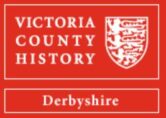In this blog we’ll take a look at Ford and his 1839 history of Chesterfield. Did he really write it and what became of him?
Ford’s history

Ford’s 1839 published ‘History of Chesterfield’ is a well-known book (at least amongst local historians). Of some 504 pages, it is still a valid and quoted source of Chesterfield’s history. It also contains some now well-known illustrations of the town and its buildings. Indeed, until the 1974 and onward volumes of the Borough Council’s sponsored history of Chesterfield series, instigated by the late John Bestall, perhaps little of any great consequence on the town’s history had been published since Ford.
For convenience, and for the most part, we’ll still refer to the 1839 history as Ford’s in this blog.
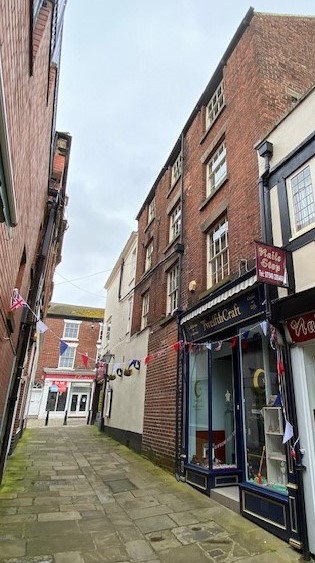
Figaro in Chesterfield
Before the 1839 History of Chesterfield book Thomas Ford was possibly best known as the printer and publisher of ‘Figaro in Chesterfield’, in the early 1830s. This was published from Ford’s then offices in New Square.
Figaro… was a mixture of newspaper and pamphlet, but spent most of its time in what could be scathing attacks on its enemies, of which there were seemingly many. It was described by Pendleton and Jacques in their ‘Old and new Chesterfield’ book (of 1903) as a ‘very scathing publication, trouncing friend as well as foe… If exercised now “Figaro” would have been chin high in writs for libel’.
The 1839 history
The 1839 History of Chesterfield that Ford published was nominally a revised second edition of the Rev George Hall’s history of 1823, which compromised just over 140 pages. Hall’s history was printed by Thomas Ford’s father – John Ford (d. 1830, aged 68).
On announcing the project, Thomas Ford, who had followed in father as a printer, but also a bookseller and stationer, by then based in Irongate, received favourable support. Ford had originally intended to republish Hall’s history in parts, with additional information, but went much further and included new illustrations. He started publishing the edition, in 21 parts, from March 1837 until early 1839. In the spring of the latter year, they were drawn together in a book described as ‘newly published’. A cloth and board edition of the complete history cost 20 shillings.
In May 1839 the plates were made separately available for framing. They were ascribed to the names C [Charles] and W [William] Radclyffe. They were son and father of an originally Birmingham based business.
Who wrote the history?
For some years it’s been believed that Ford didn’t actually write the history, though he may obviously have contributed to it. Ford is not named as the author on the book’s title page.
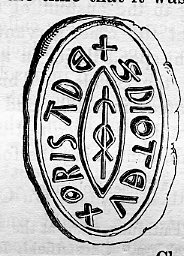
It appears that historical material in this book was mostly (if not entirely) written by Robert Wallace, Unitarian minister, who had succeeded George Kendrick (1814-1815) and before Kendrick a Thomas Astley (1773 – 1813). This assertion first seems to appear in the Derbyshire Courier newspaper in 1877. A history of Elder Yard Unitarian Chapel, published in 1967, also claims Wallace wrote the majority of the book.
Like Ford, Wallace is not credited as author on the title-page either. Why this is so remains a mystery – perhaps both Ford and Wallace agreed that the source material gathering and authorship (possibly shared) were of a level that did not warrant one or either being acknowledged. We will probably never know. But the book is now well-known as ‘Ford’s History of Chesterfield’. Ford would have known Wallace as he was presumably a worshipper at Elder Yard Unitarian Chapel.
That doesn’t mean to say that Ford was not interested in collecting material for the book or didn’t contribute. For example, he wrote a letter to the Derbyshire Courier in February 1838 inquiring about the potential loan to him of a copy of the Gentleman’s Magazine, describing a seal found near ‘the Broad Oak’ in about 1798. If one refers to the Ford history this seal is actually illustrated – albeit not from the Gentleman’s magazine. (The illustration is taken from a casting made at the time it was found ‘by the Rev Richard Astley, of Shrewsbury’. This is not the Astley who proceeded Robert Wallace as minister at the Elder Yard Chapel, but could be related).
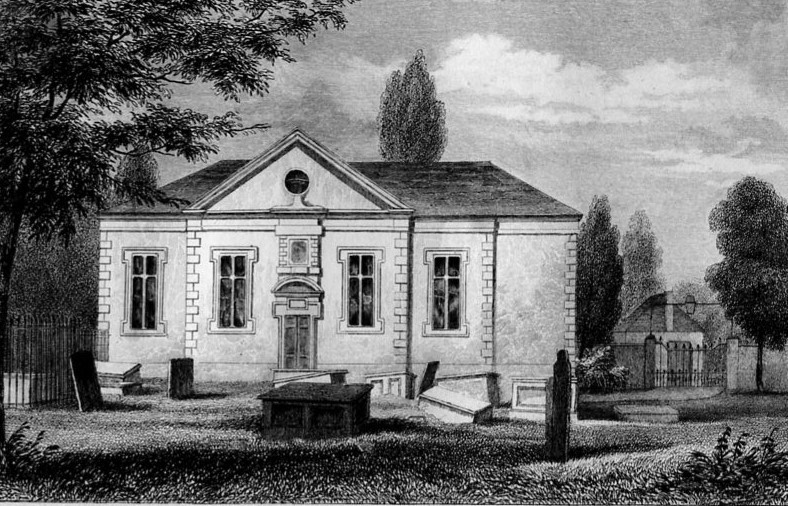
Wallace had arrived in Chesterfield from Manchester College, York in September 1815. During his time as minister (until 1840) at the Elder Yard Chapel he made many improvements there.
Ford’s completed history was published in two editions. Pages were sized at 8 ½ by 5 ½ inches, with a larger edition sized at approximately 10 ½ by around 8 ½ inches – though the same printing blocks and plates were used in both editions. It’s not known how many of each edition were published, or the print-run of the parts.
Ford and his father were well-known in Chesterfield as stationers, printers and booksellers. As we have discussed, Thomas had published ‘Figaro in Chesterfield’, from his then office at New Square, during the early 1830s.
Thomas Ford sold the printing business, by then at Irongate in the Shambles, at auction, in early March 1841. By June 1841 C Gallimore is advertising his takeover of the former Ford business at the shop in Irongate. The Gallimore enterprise actually consisted of brothers, who were Quakers and also printers. Their father was a well-known auctioneer. Both Ford and the Gallimores also sold patent medicines. The Gallimores were selling up in Jun 1864. They were followed into the building by another Chesterfield printer – John Edward Roberts – who was there in August 1867.

In 1872 an RJ Smithson (also a printer) is trading from Ford’s and Gallimores’ old shop. Later, in October 1881, the premises were described as ‘desolate’. In June 1886, it was advertised as to let, complete with five large rooms above the shop, ‘formerly occupied by Messrs Gallimore’.
Hard times
Thomas Ford was living in London by the 1851 census with his wife, daughter and two sons. His residence contained a total of 15 people. He died in London on the 28 November 1859, aged 58. He had been pursuing his former business – in 1854 he is noted as publishing books and pamphlets from his premises in Gloucester Street, Queen Square.
We don’t know why he moved to London and exactly when – but further research may reveal this. He had apparently fallen on somewhat hard-times before his death. An unfitting end to someone who had contributed, at the least with Robert Wallace, and certainly printed, what is still regarded as an important source for the history of Chesterfield.
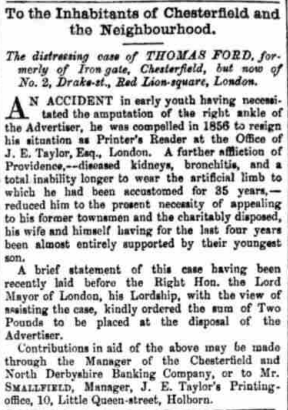
Sources
We’ve used the following sources in this post:
- Non-conformist and non-parochial registers – Elder Yard Chapel (TNA RG4/516).
- Derbyshire Courier 21 January 1837, 4 March 1837, 17 February 1838, 16 February 1839, 16 March 1839, 25 May 1839, 20 February and 5 June 1841, 27 August 1853, 3 June 1854, 10 December 1859, 24 September 1859, 20 February 1841, 10 January 1874 and 13 January 1877, 15 September 1881, 22 June 1886.
- Derbyshire Times, 18 June 1864, 17 and 28 September 1867, 21 December 1872.
- Vallance and Robinson, The history of Elder Yard Chapel, Chesterfield (1967)
- Pendleton and Jacques, Modern Chesterfield, 1903
- Pendleton (‘Tatler’), Old and new Chesterfield (1882)
- Ford History of Chesterfield (1839).
- http://www.artoftheprint.com/artistpages/radclyffe_edward_labour.htm
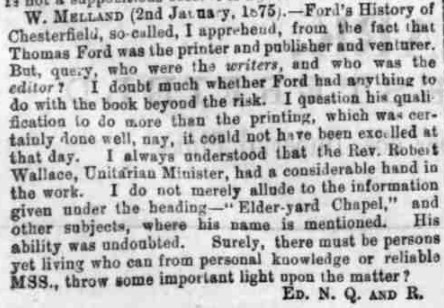
This account was edited on 15 May 2023 to include new information on the possible site of Ford’s Irongate shop. Our thanks to Janet Murphy for this information.
